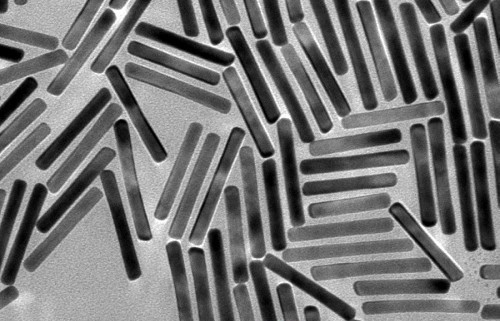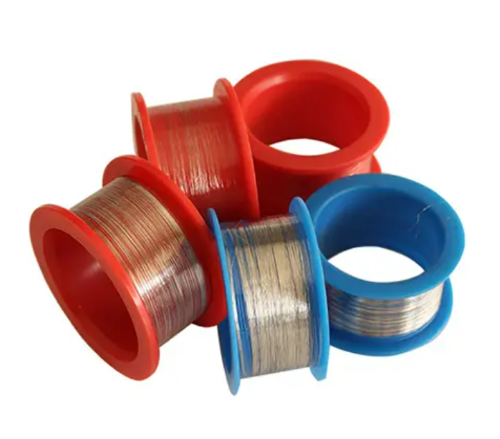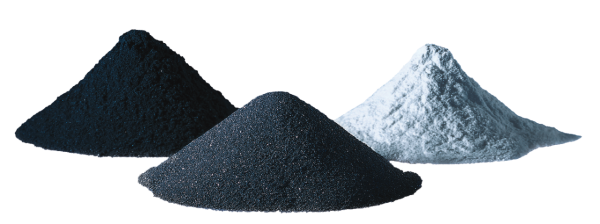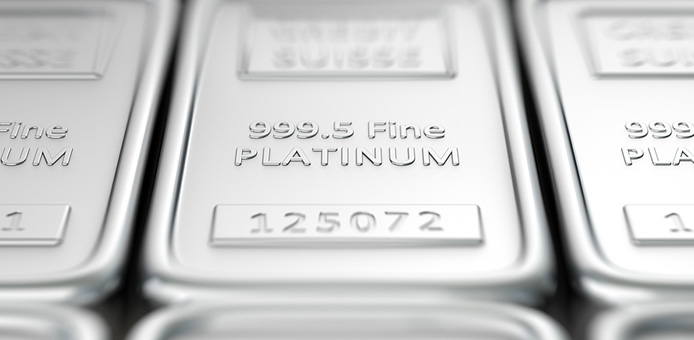Platinum was first used in the early 19th century, which was thought to be used to make saucepans for storing concentrated sulfuric acid because it was chemically stable.
Besides that, platinum also has good ductility and can be processed into micron fine wire and platinum sheet, so platinum is made into the crucible, distillation kettle, electrode, pipe, platinum-plate, filter screen, and anti-acid and anti-heat equipment in chemical laboratories and l factories.
Moreover, platinum also reduces corrosion by sea water on ships and prevents the growth and accumulation of Marine life, which solves a vexing problem for seafarers.

Introduction Platinum-iridium alloys, consisting of a combination of platinum and iridium, have become essential in various high-precision and high-durability applications. These alloys are celebrated for their exceptional durability, resistance to corrosion, and stability at high temperatures. This article will discuss the significance of platinum-iridium alloys, emphasizing their unique properties, specific applications, and specific cases in […]
Tags: Electrical Contacts and Electrodes, Platinum-iridium alloy

Introduction Noble metals involve elements such as gold (Au), silver (Ag), platinum (Pt), and palladium (Pd). They have long caught human beings not only for their lustrous beauty but also for their exceptional chemical properties. Unlike most metals, noble metals resist corrosion and oxidation in moist air, so they have become invaluable across a broad […]
Tags: Noble Metal Compounds

Platinum, often celebrated for its exquisite use in jewelry, holds a distinguished place among the precious metals. However, its significance extends far beyond adornment. In the industrial realm, platinum, particularly in the form of platinum wire, plays a pivotal and multifaceted role. From catalytic converters in automobiles to cutting-edge chemical processes, platinum wire’s unique properties […]
Tags: Applications, platinum wire, Precious Metal

In the past few decades, new and evolving technologies have provided companies with many of the most important opportunities, but they have also brought troubles. In the next few years, inventions that are currently being developed and adopted by app developers will become more popular and powerful. We don’t yet know the possible consequences of […]
Tags: Rare Earth Metals, Shortage of rare earth materials, Technological Challenges for Rare Earth Metals

Nano Tungsten Carbide – The Platinum-like Catalyst In nature, platinum group elements together with gold and silver are known as precious metal elements. The platinum family has platinum, iridium, rhodium, and palladium. The most important value of platinum is not that it is platinum jewelry, but that it is an important industrial catalyst, such as […]
Tags: Nano tungsten carbide, platinum catalyst, Stanford Advanced Materials, tungsten carbide, Tungsten carbide cemented carbide, tungsten carbide powder

The South American Indians knew platinum from an early age, and it is often found in sand grains in the form of natural platinum in nature. When the Spaniards arrived in South America, they called the natural platinum “Little silver” and brought it to Europe for the first time from Ulloa. The “Litter Silver” is […]

Why Platinum Is The Most Expensive Metal? The platinum-group metals can be described as refractory metals because of their high melting points. This group comprises platinum, osmium, iridium, ruthenium, rhodium, and palladium, i.e., metals that have properties similar to those of platinum. The metals in this group are quite scarce and expensive, such as platinum, […]
Tags: palladium, Platinum, platinum group, platinum metals, platinum wire
Copyright © 1994-2024 Advanced Refractory Metals owned by Oceania International LLC, All Rights Reserved.